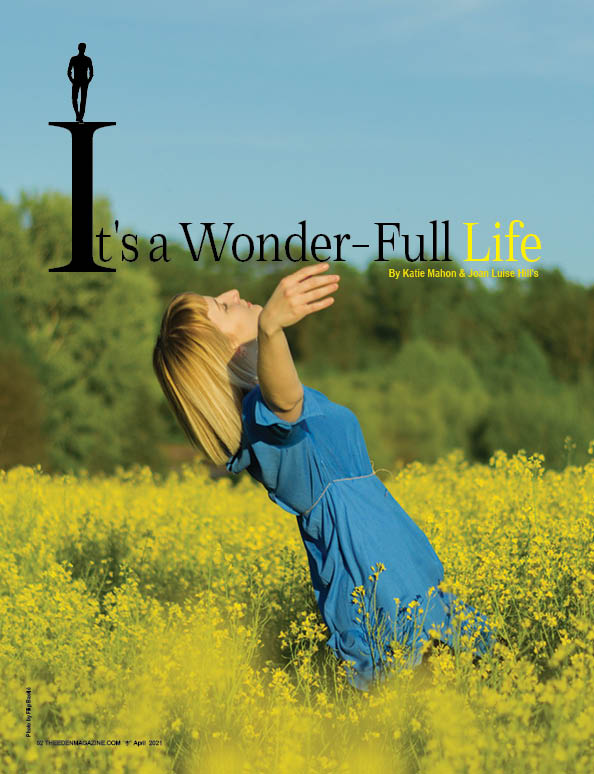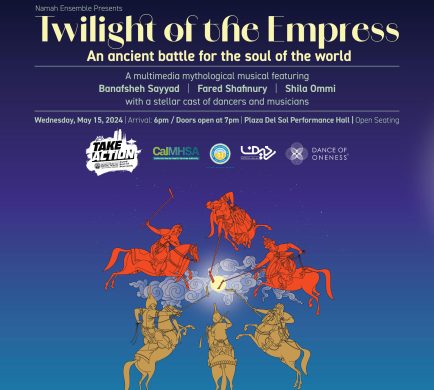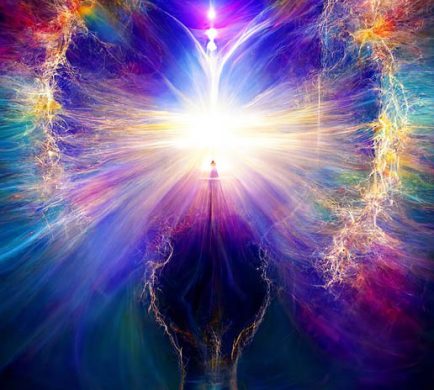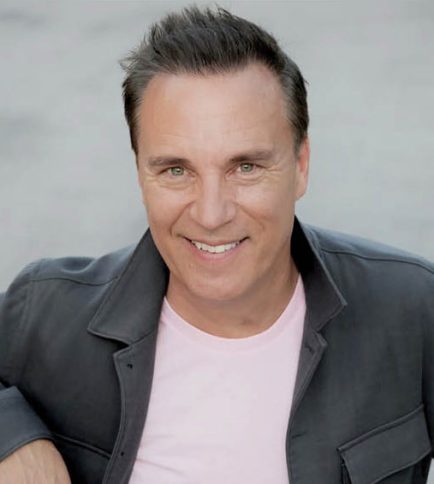By Katie Mahon & Joan Luise Hill’s
Miracles are usually defined as an extraordinary event in the physical world that surpasses all known human or natural powers and are ascribed to a supernatural cause. THE MIRACLE COLLECTORS invites us to consider an expanded and more personal view. Now, think again…Have you experienced miracles in your life?
In The Miracle Collectors, Katie Mahon and Joan Luise Hill discovered that when we are truly awake and present, miracles abound all around us, but we must learn to recognize them. When the authors began to share their own miracle stories after publication of their first book, The Miracle Chase, there was an unexpected outpouring of stories from
others. Stories that had never been told, stories that didn’t seem to matter, and stories that had been forgotten. While some defy explanation, others invite us to take a closer look, to discover common ground with each other, and to seek and understand in a whole new way the meaning of miracles.
“We learned that it is okay to dream big and believe in yourself, and that cultivating a generosity of spirit pays untold dividends for your soul and your relationships. We remained curious, open to where the journey would take us.”
The stories of courage, forgiveness, gratitude, faith, hope, and love shared in The Miracle Collectors, allow us to see more clearly and appreciate the miracles that can be available to each of us. the book takes the reader first to “Becoming Aware,” then, “Deepening Connection,” and finally, “Finding Meaning.” Each chapter ends with a Take a Miracle Moment Challenge to guide you to opening the path for your own reawakening and recognition of the spirit.
_____________
Allowing our own light to shine provides needed perspective in a troubling world. In order to feel truly alive, we must also embrace the beauty that exists around us. There is a unifying and connecting spirit found in feelings of wonder and awe that have been part of the human experience since the beginning. According to professor Dacher Keltner, “Awe is the feeling of being in the presence of something vast that transcends your understanding of the world.” [i] Sounds a lot like miracles to us.
We often compare miracles to Russian matryoshka dolls—universally recognized, multilayered, and the closer you get to the inside, the more intriguing they become. As we peel back our own layers, becoming more aware by finding the time to stop and notice and consider that there is more behind the immediate scene, we can see that a synchronistic thread runs through our lives. When the spotlight of awareness highlights our own worthiness to let our light shine in our own unique way, we are ready to fully engage with the world around us. Cultivating a sense of wonder becomes second nature once we are tuned into our surroundings and ourselves.
The phrase, “It’s a miracle!” is ubiquitous. We use it in our daily discourse to mean anything from the latest pop culture cure for thinning hair to finding a parking space outside a crowded store on Christmas Eve. The word miracle derives from the Latin mirari, which means to look in wonder. In the sense that a miracle evokes wonder and awe and that miracle stories abound in every religion and culture, miracles are a universal language we can all understand.
We recognized this universality as the world breathed a collective sigh of relief in October 2010 when one billion of us watched on live television as the first of thirty-three Chilean miners was rescued after sixty-nine days underground. Roughly 14 percent of all of humankind was riveted by
an ordeal that had captivated the world. People who had been praying for their safety for two months in every language, religion, and culture sent messages of hope to Camp Esperanza at the top of the mine.
The trapped miners somehow survived a slab of tumbling rock weighing 770,000 tons that gave way on top of them. One miner shared his epiphany that their survival from the very beginning carried with it “a hint of the divine” and reminded the others every day that “God is with us.”
Some of the miners felt this presence through a “thirty-fourth miner.” An American entrepreneur, whose equipment and expertise finally broke through, admitted they had been more than lucky. “These tools should not have been able to bend and go around some of these curves. I mean, there’s no question in my mind that the faith of God and the faith of the world praying for these guys to get rescued was a huge factor.” [ii] Most of us can relate to our loved one’s pain and the nightmare of the miners even though we have never experienced anything like it. Imagining the terrors
of starvation, insanity, and the very real prospect of being buried alive, we wished for their rescue as if we were there ourselves. There was a level of “love thy neighbor” in the collective, universal prayers sent up that we rarely get to see in the news, highlighting our connection to each other, a divine thread running through our lives. And finally, somewhere deep down, we all hope or wish or pray; if they, then why not me? If they can be saved, then maybe my faith is not in vain.
In his book Miracles, David Weddle wrote, “Belief in miracles is the confidence that, at rare and wondrous moments, grace may overcome fate.” [iii] The 2018 rescue of the Thai soccer players provides a similar perspective. Twelve players and their coach became trapped deep in underground caves when the monsoon rains came early, and the cave entrance flooded. What started as a fun team-bonding experience of hiking and exploring turned into a disaster. Their coach, a Buddhist monk, taught the young players mindfulness and meditation, a practice that focused their energy and helped ward off panic.
Fortuitously, a British cave expert who had made a detailed map of the caves the previous year was only a few hours away, having planned to visit there the very next day. Based on his knowledge of the area, he was able to direct the rescuers to the only place the team could be trapped and still be alive. Once the soccer team was located, highly skilled and specialized divers made the trek through the tumultuous conditions to bring supplies and evaluate their options. The danger with each trip was underscored when one diver died in the process. The world, united, tuned in to pray and wondered how twelve unskilled youngsters and their coach would ever be retrieved.
All of humanity, it seemed, whether across the globe or in the backyard of the cave, was rooting for the Thai soccer players as if these twelve children were their own. A global sense of community won out, and the barriers that divide us come tumbling down. Maybe that is the miraculous point. Keeping vigil over the Chilean miners and the Thai soccer team brought out the best in us. After eighteen days, all thirteen made it out, and the world breathed a collective sigh of relief. “The rescuers succeeded, or the cave relented, or maybe both happened at once. No one can say for certain, and perhaps it doesn’t matter: It was a miracle either way.” [iv] René Descartes wrote that wonder is “a sudden surprise of the soul,” [v] as compact a definition of a miracle as there is.
Perhaps a miracle comes as an epiphany about a past experience or knowing you have just met the love of your life or your new BFF. But it could also be the kind of experience available to us and repeatable every day, like a kaleidoscope of color after a seemingly endless winter, as you happen upon a garden in spring. Or it could be that feeling of oneness with the universe as you stare into the endless depths of the heavens, stars sparkling like precious jewels on a clear night. Wonder stops us in your tracks, prompting us to take in an air of appreciation and admiration and momentarily expanding and questioning our place in the universe.
Miracles relate to wondering in its many iterations, cultivating not just a sense of wonder but the ability to wonder, to stay curious, to ask the question, “How can this be?” Socrates said that wonder is the beginning of wisdom. It means we acknowledge that we do not have all the answers, and we remember to bow in appreciation of the universe’s bounty, which has been laid at our door. We often walk right past it, not noticing the sound of wind in the trees, not seeing the common in an uncommon way.
As an exercise in appreciation of wonder, we decided to ask ourselves the question: what is the most “wonder-full” thing we’ve encountered? Katie immediately went to the obvious, something we initially experience with our eyes, the Grand Canyon. For Joan, it was a feeling of profound gratitude at getting to live her life after a serious diagnosis. Our answers got us thinking: what about the senses of wonder? Music can expose raw emotion in the depths of our soul or get us to dance like no one is watching. A familiar and mesmerizing scent can also evoke beautiful memories. Even a gentle touch can be a reminder that we are in this together; we are loved and not alone.
If we permit ourselves to be captivated by, and maybe even seek out, experiences of wonder, we cannot help but establish our place in the universe. We must question and place ourselves in the midst of all that is. Only then can we begin to see how we are connected to each other and what lies beyond. If we cannot see the bounty constantly around us, miracles of a subtler nature—someone who does not have time but makes time, giving or receiving the benefit of the doubt, a smile between strangers on a subway— these opportunities to feel the miraculous will surely be missed.
When we allow awareness to seep fully into our lives, wonder and wondering become part of who we are. If we live in the eternal now, we can imagine that time could stop; for the birth of a child, the death of a loved one, the full gamut of the human experience, both profound and subtle, can lead to an open spirit. Our preconceived notions about what can and cannot be true loosen their grip and perhaps even fall away. So, take time to notice, be open to possibility, and cultivate a sense of wonder. It takes all three if we are to fully appreciate the gifts available to us, the connections to be made, and recognize they are all there for the taking.
[i] Dacher Keltner, “Why Do We Feel Awe?,” Greater Good Magazine, May 10, 2016, https://greatergood.berkeley.
[ii] Sarah Butler, “The Chilean Miners’ Miracles: How Faith Helped Them Survive,” CNN, August 4, 2015, https://www.cnn.com/2015/08/
[iii] David Weddle, Miracles: Wonder and Meaning in World Religions (New York: New York University Press, 2010), 2.
[iv] Sean Flynn, “Miracle at Tham Luang,” GQ, December 3, 2018, https://www.gq.com /story/thai-cave-rescue-
[v] David Weddle, Miracles: Wonder and Meaning in World Religions, 22.







